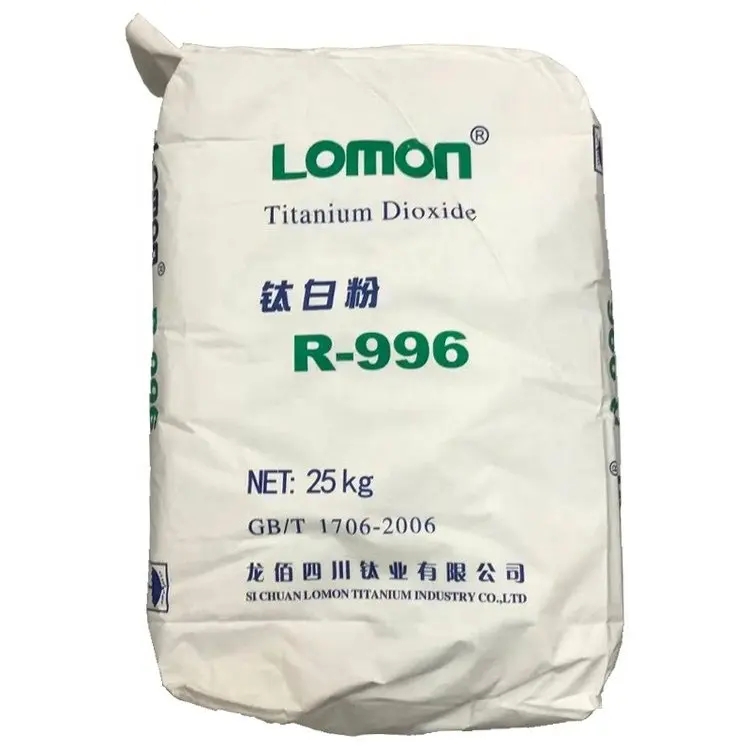
8 月 . 13, 2024 23:31 Back to list
Wholesale Pricing Trends for Rutile and Anatase Titanium Dioxide in the Global Market
The Wholesale Market of Rutile and Anatase TiO2 Trends and Insights
Titanium dioxide (TiO2) is one of the most widely used inorganic materials in the world, renowned for its exceptional brightness and durability. The primary forms of TiO2 are rutile and anatase, each with unique properties and applications. Understanding the wholesale market for these two variants of TiO2 is essential for industry stakeholders, including manufacturers, suppliers, and consumers.
Overview of Rutile and Anatase TiO2
Rutile is the more stable and dense form of titanium dioxide, featuring a tetragonal crystal structure. It is widely employed in applications that require high opacity and excellent weather resistance, making it ideal for use in paints, coatings, and plastics. Due to its superior UV resistance and lustrous finish, rutile TiO2 is favored in high-end products.
Anatase, on the other hand, possesses a lower density and is often chosen for its superior photocatalytic properties. This form is primarily used in applications requiring photocatalysis, such as self-cleaning surfaces and environmental remediation systems. While anatase is less prevalent than rutile in the pigment industry, its unique advantages make it invaluable in specific niche markets.
Market Dynamics
The global demand for TiO2 has been on the rise, driven by increasing applications in various sectors such as construction, automotive, paper, and cosmetics. According to market research, the global TiO2 market is projected to witness significant growth, attributed to urbanization and the expanding manufacturing base in developing countries.
In the wholesale market, rutile TiO2 has maintained a dominant share, accounting for a substantial portion of the overall sales. This preference is largely due to its extensive application in the coating industry, where it provides opacity and durability. Meanwhile, the demand for anatase TiO2 is steadily increasing, especially in technological applications where its photocatalytic properties are leveraged.
wholesale rutile and anatase tio2

Pricing Trends
The pricing of rutile and anatase TiO2 is influenced by various factors, including raw material costs, production processes, and market demand. Generally, rutile TiO2 is priced higher than its anatase counterpart due to the more complex production process and the greater performance characteristics it offers.
In recent years, fluctuations in the supply chain have impacted the wholesale prices of TiO2. Disruptions caused by global events, such as the COVID-19 pandemic and geopolitical tensions, have led to shortages and price hikes. As manufacturers strive to meet ongoing demand, navigating these price fluctuations while ensuring product quality has become a significant challenge.
Sustainability and Innovation
As environmental concerns become more pronounced, the TiO2 industry is responding with innovations in sustainable practices. Manufacturers are increasingly focusing on reducing the carbon footprint associated with the production of TiO2. This includes utilizing more sustainable mining practices for raw materials and developing eco-friendly formulations that reduce environmental impact.
Moreover, researchers are exploring new applications for TiO2 beyond its traditional uses. The development of new composite materials that integrate TiO2 could lead to enhanced functionalities in various products, thus opening up new market opportunities.
Conclusion
The wholesale market for rutile and anatase TiO2 presents a dynamic landscape characterized by robust demand, pricing challenges, and ongoing innovation. As industries grapple with environmental challenges and seek sustainable solutions, both forms of titanium dioxide will continue to play a pivotal role in various applications. For stakeholders operating in this space, staying informed about market trends and understanding the unique properties of rutile and anatase TiO2 will be crucial for maintaining a competitive edge. With the right approach, the future of TiO2 in the wholesale market promises continued growth and diversification.
-
Lithopone for Plastic & TiO2 R-5568/SK-6658 Masterbatch Solutions
NewsMay.30,2025
-
China Leading Rutile TiO2 Manufacturer - R5566 & R996 Grades Available
NewsMay.30,2025
-
High-Purity Anatase & Rutile TiO2 Powder Trusted Manufacturer
NewsMay.30,2025
-
High-Purity Anatase Products Trusted Supplier & Manufacturer
NewsMay.29,2025
-
Best Price Eco-Friendly Rutile TiO2 Supplier & Wholesale Factory
NewsMay.29,2025
-
Chinese Anatase Titanium Dioxide for Ceramic Glaze Reliable Supplier
NewsMay.29,2025
